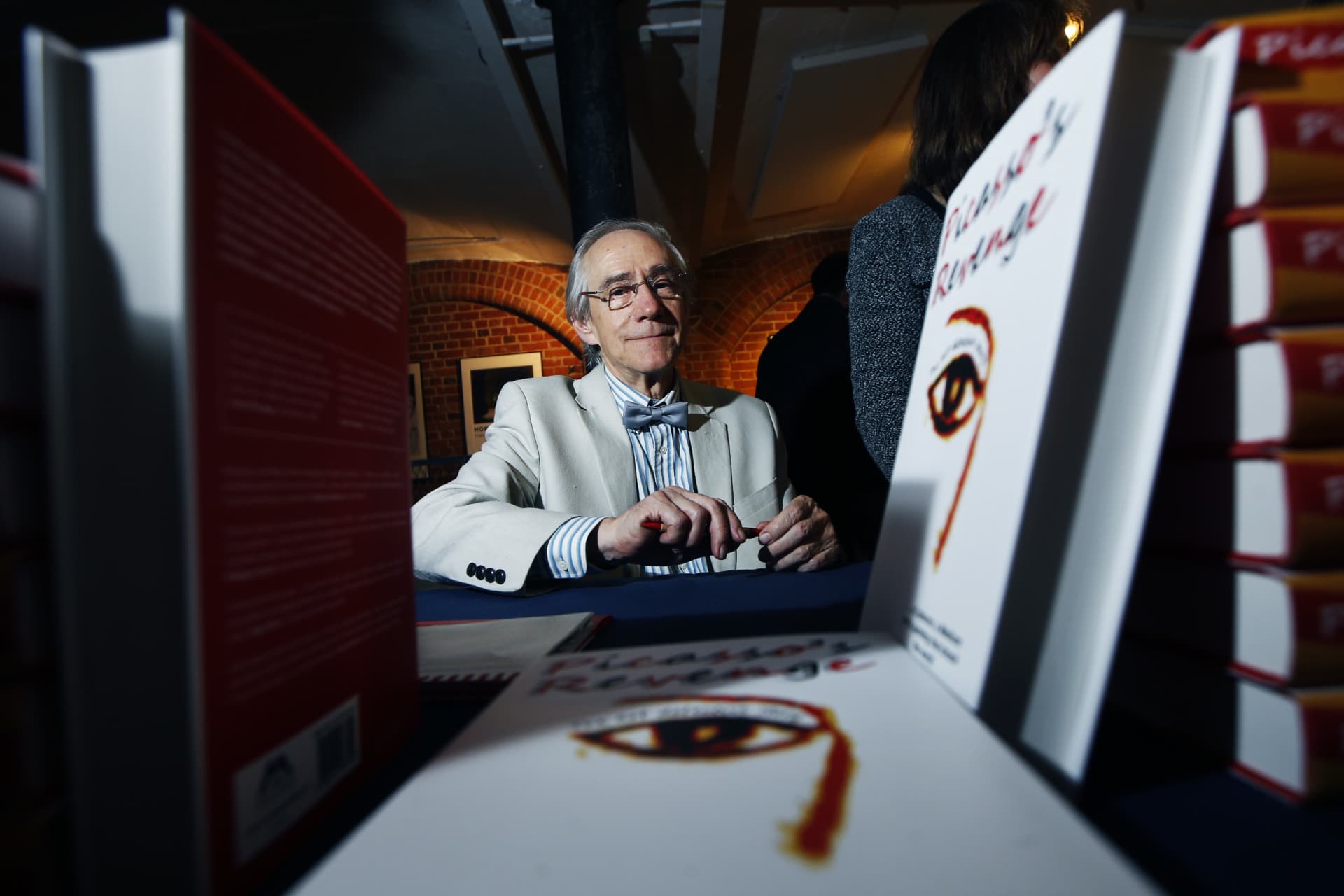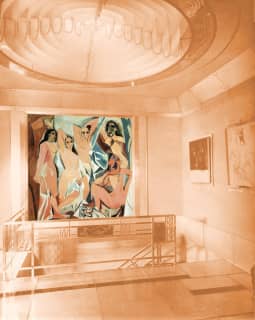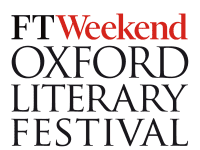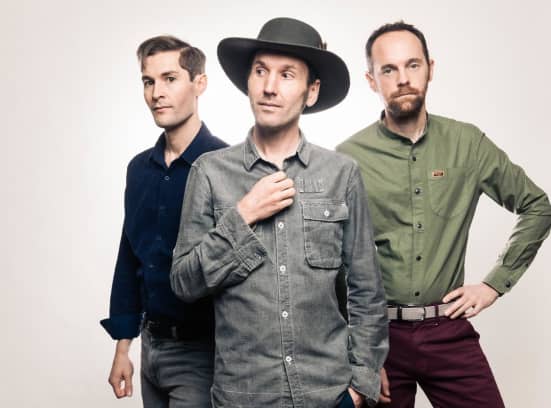Picasso’s Revenge, a novel written by Ray and Caroline Foulk, is a detailed and informative exploration of the art world during what is arguably its most pivotal period. The book’s focus is on the highly controversial painting Les Demoiselles d‘Avignon, and its reactions and influences. Ahead of the book’s launch, held at Modern Art Oxford, we got in touch with Ray to discuss some of the misconceptions which his novel works to clarify, and what’s in store for the future of this thought-provoking piece.
In 1945 the Victoria and Albert Museum held an exhibition of Picasso’s work, alongside that of Matisse, but your book is set some decades before that work.
When you look at the dates of who did what and when, Matisse was way behind in terms of anything that you would really call ‘modern art’, and yet he and Picasso tend to get mixed together. I play down Matisse for this reason. he was obviously a fantastic artist and made huge a contribution to art, so the two were comparable and together brought about modern art, but in terms of the invention of it in the first place, I don’t find historians usually get that. I go into art bookshops regularly and look through books which may cover Picasso at that time, and I find at least half of them mix up work or they’re not in chronological order, and so you can’t tell who did what first.
Les Demoiselles d‘Avignon, by today’s standards, is pretty tame.
It is in the sense that it’s not got violence in, nor nudity in an obscene way. It is quite tame compared with things like Francis Bacon, and all the violence and dismembered bodies appearing in various modern work. But it’s not tame in terms of how it represents the world in a painful way. The jarred angles of everything… it’s the beginning of cubism in that it mucks about with visual reality – I suppose that became quite commonplace soon afterwards.
The book is set in the Jazz Age, where the artists and art collectors were engaged in quite bohemian and sexual activities. How did this affect the representation of sex in the art of the time?
Painting nudity itself was not necessarily a no-go area because it had been going since the Renaissance. The change, however, was that nudity became presented not to glorify the naked woman, but actually do the opposite. The naked women or the semi-naked prostitutes, were being quite aggressively portrayed in anything but a titillating way. Modigliani actually had a gallery of his closed down because he showed a painting in the window which showed pubic hair. If you think of a Renaissance painting of naked women, they never showed pubic hair, so that in itself was a big move that Modigliani made. Attitudes towards nudity in painting changed enormously.
You’ve also written about rock music, is there any link between rock stars and the artists in your book?
There is a similarity. In fact, we’re even looking at setting up a Facebook group for Bob Dylan and Pablo Picasso, because the parallels between them are really quite extraordinary. Although their field of art is completely different, as artists and cultural figures they are very similar. I think rock stars of today are very much like the painters in 20s Paris. They were sort of bohemian but also very successful at changing the culture. One of the most remarkable things about Les Demoiselles is the way it was received when Picasso first presented it. People thought he had gone mad and this parallels with Bob Dylan. Picasso coming out with this first cubist painting which everybody hated, is much like Bob Dylan going electric and getting booed off at Manchester. It’s a very similar situation that people don’t want their artists to change, they want them to do what they like, and they don’t like it when they make a radical move, but these moves are obviously pivotal in the cultural history.
So, there were those who saw Picasso as insane…
He was a genius, there’s no question about that because he could produce something fantastic on a whim. Anybody else would have done that perhaps once in their lifetime but he did it to order. He did have a crazy streak however; he was wrapped up with his views of women, religion and history. You’ve only got to look at Guernica to see the angst involved. He also had a strange philosophical streak to him that brought in religion. He was a religious man in a sense and although he kind of hated God at some level, his Catholic upbringing stuck with him throughout his life. He was a believer, but he had a very strange relationship with God, if you can call it that.
You wrote this book with your daughter, what is it like working with family on such a project?
I’ve worked with Caroline for more than 25 years now. I’m an architect so we’ve worked on architectural projects together before and we’ve run an environmental charity for many years. It’s very good to have somebody who you can work with, yet you’re independent from at the same time, in that you’re not living with them. We share the same values, I suppose, and the same tastes. We pass things back and forth, work on each other’s copy and ideas, and have a lot of lengthy discussions about ways forward.
Is there scope for a film of Picasso’s Revenge?
It actually started as a film script and was written up as a big blockbuster movie back in 2005. We went through about 12 different drafts of it, brought in experts of the film-scripting world and had some quite good people involved. But we couldn’t quite get it to gel. Then three years ago we decided we should do reverse annotation on it and make it into a novel. Now we’re rather hoping that it could be picked up and adapted for the cinema. I think that it really does lend itself to a film in many respects. It’s very visual obviously, and you’re talking about big names – Picasso is a potential box office name before you even hire an actor.
Who could you imagine in the role of Picasso?
Anthony Hopkins played him in the Merchant Ivory drama, Surviving Picasso, and the Woody Allen film, Midnight in Paris, had quite a believable Picasso… My own taste is not to have a famous person because you’ve then got to work hard to make it believable – it’s meant to be Picasso and really, you’re looking at Anthony Hopkins. Very often you get an informative new film come out with a new actor that becomes a huge hit, so that would be my choice.










